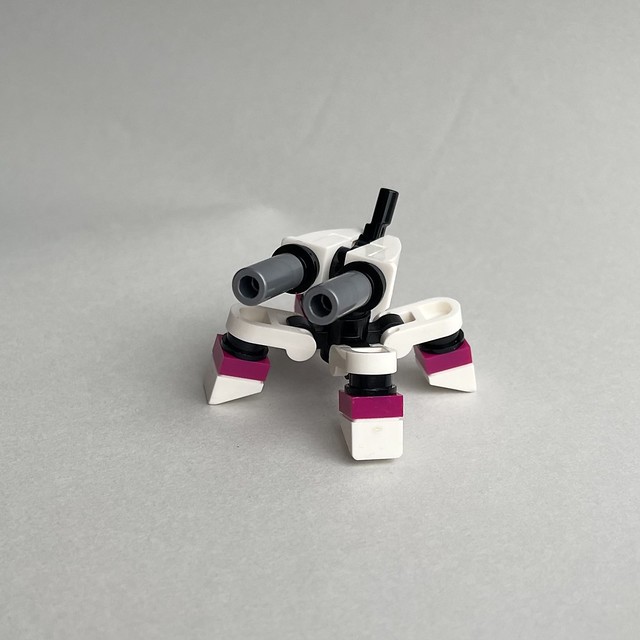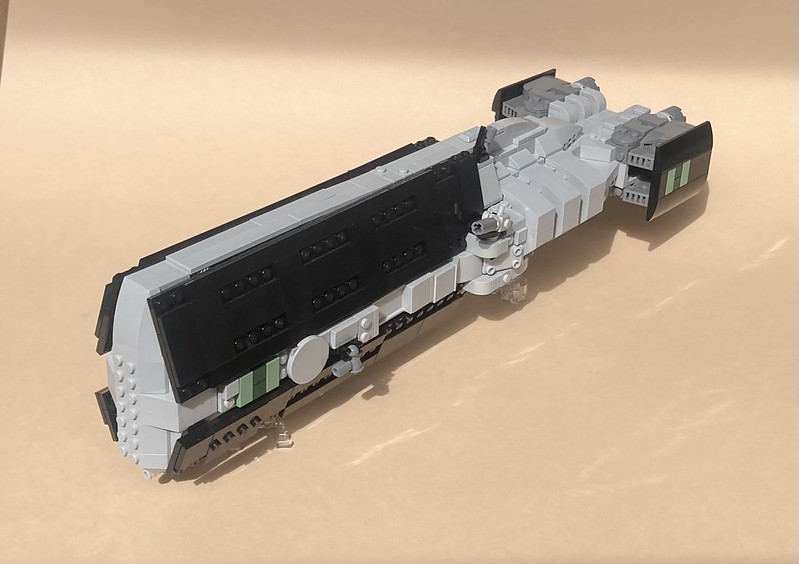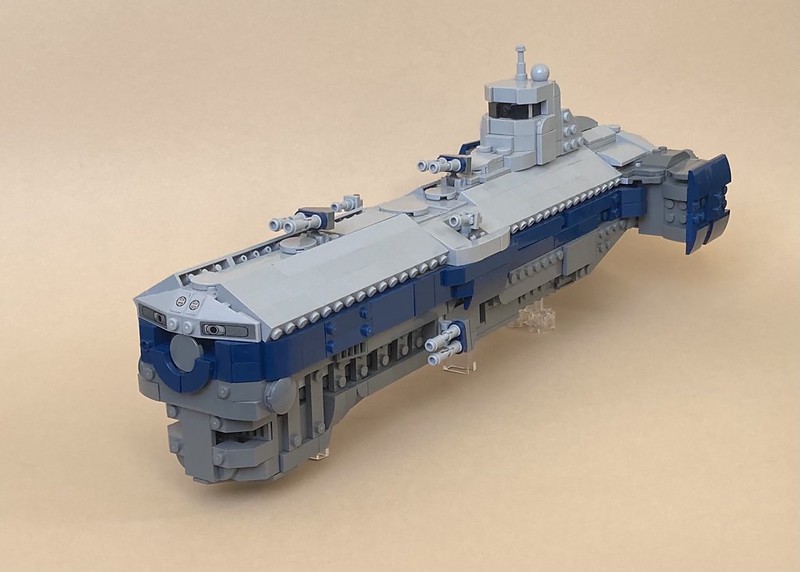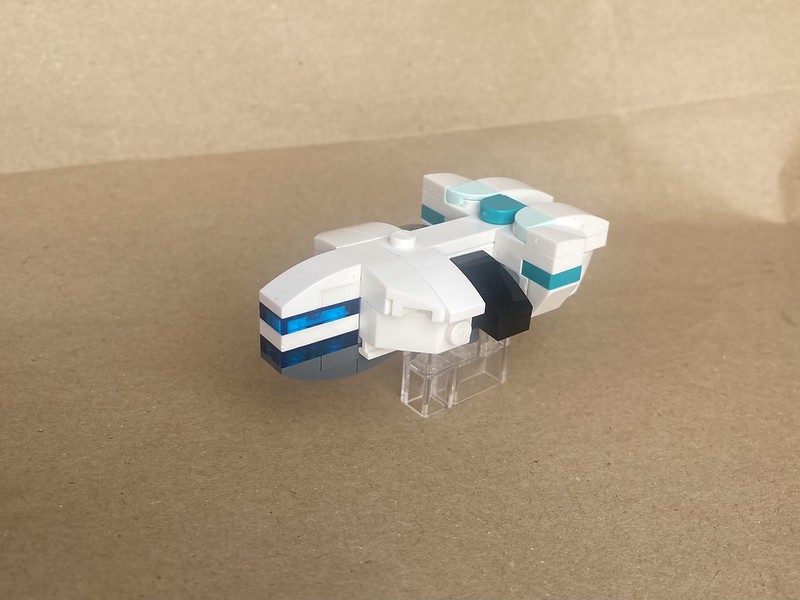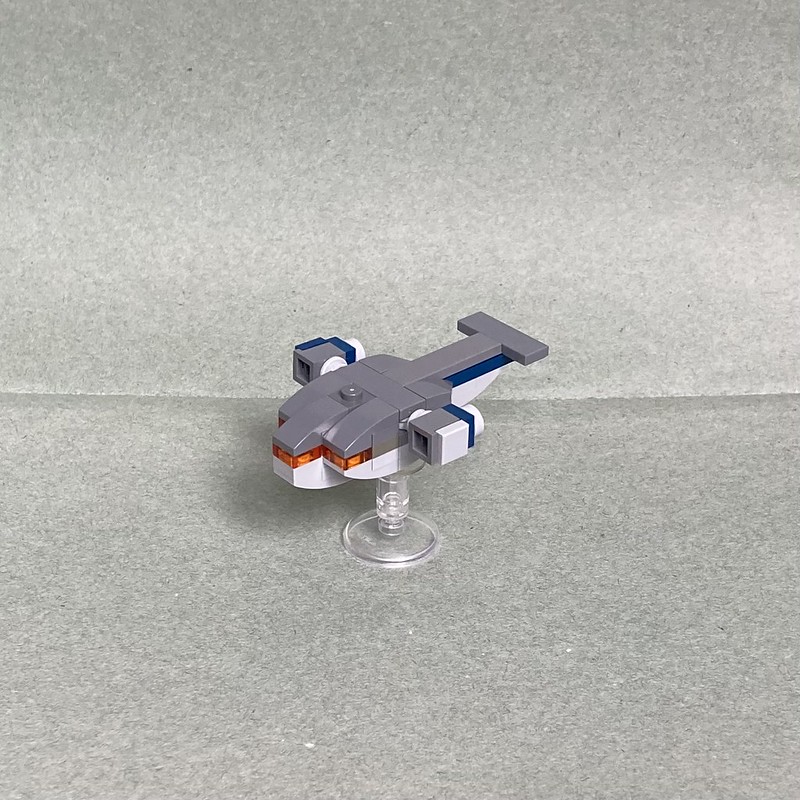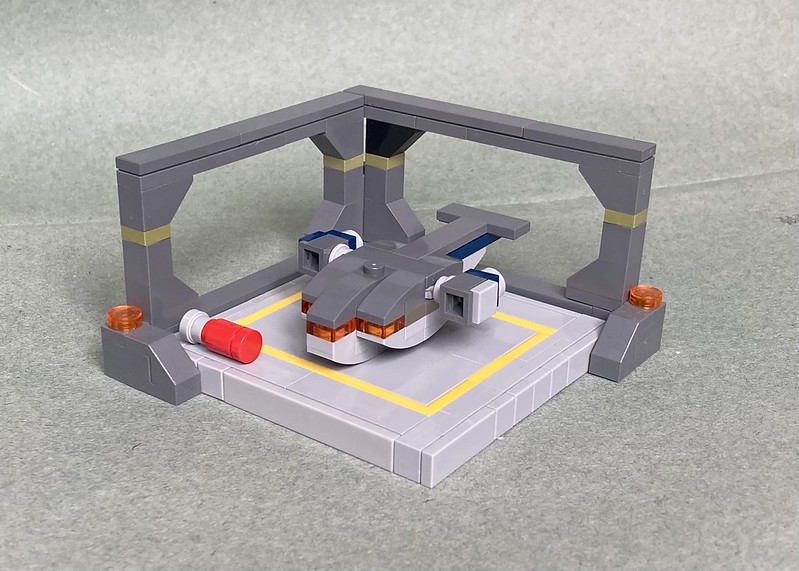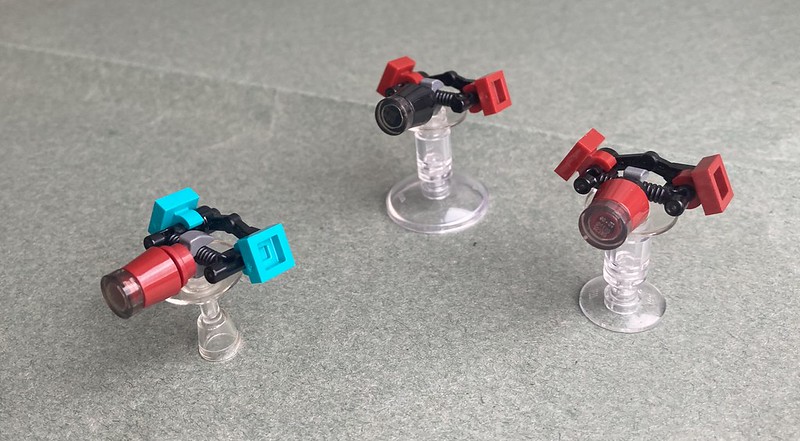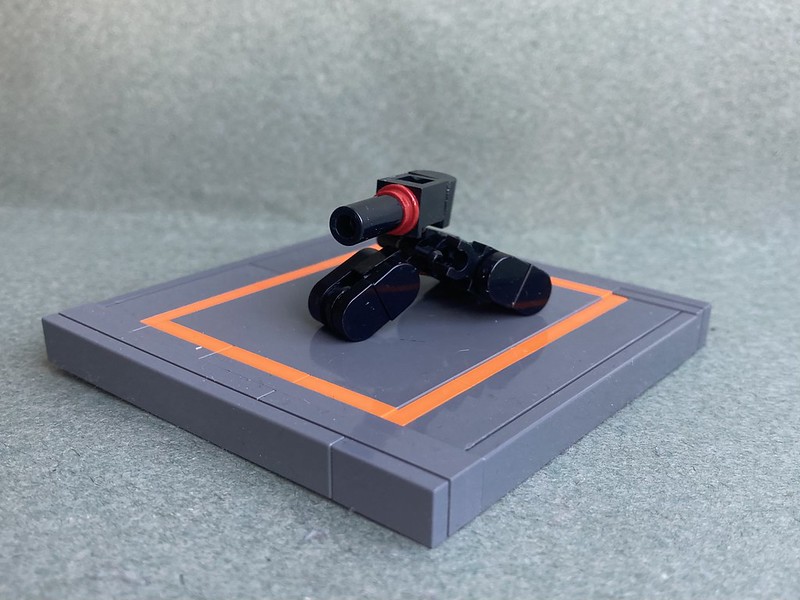The Hansel and Gretel group posed a new and unique threat to the human colonies and border worlds; they were the first organised group to target both military and civilian targets indiscriminately. Their most significant act (deemed a war crime by the UN Supreme Court) involved collaboration with the Wun’Tux.
This seemed at odds with their beliefs; part of the reason for their rebellion was the ways in which their fledgling colonies had been attacked and raided by Wun’Tux so collaboration with the slavers seemed contradictory if not unthinkable. The stated belief of the few captured members of the group to speak with interrogators was simple; “You fed us to the wolves, now let’s see how you like it,”
The group were unpredictable and difficult to track; sometimes they would be very obvious and strike lone civilian transports, passenger liners and the like. They would board, take control and deliver a ship full of potential slaves to their contacts within friendly BroodClans in exchange for cash or material payment. Other plans were more insidious.
In the late Third Age, a string of flophouses and rehabilitation centres sprung up across Kosmaro VII, a colony world in the Fulcher Cluster. This planet sat in a particular point in space; close to the more legitimate human worlds of the border region. As such was easily accessible by cheap, short range FTL travel. Cost of living was low and a lack of mechanisation meant plenty of unskilled jobs. It attracted the desperate of humankind; those with criminal records and/or nowhere else to go. The string of flophouses, rehab and work placement centres looked legitimate from the outside, offering a short term place to stay and get back on one’s feet. Little did these people know the services were a front. They would be ambushed on entry, drugged and kept in cold storage for eventual transport to Wun’Tux space for sale at slave market.
The mastermind of this part of the plot was codenamed Hansel A; his ability to evade detection and the highly organised strategy deployed suggested he was an experienced intelligence officer of one of the major human governments but his identity remained a mystery in the early stages.
Indeed, at first the concept of humans selling other humans to the lizards was deemed ludicrous. At worst, a scare story spread by the legitimate governments of the Core Worlds to keep their citizens in line. Soon, however, enough individuals with loving families vanished to create an unavoidable clamor for action. MI7, supported by clandestine elements of Task Force Second Sabre, took point.
The Ryzadone City episode, in which the USM and USEF were embarrassed by a low-tech, cleverly planned ambush, had given MI7 food for thought. Instead of wading in armed for bear, they deployed a much more subtle network of whisper-gatherers and spies. For some time, the British had been using Ephii assets within the border worlds; the idea being that the gregarious aliens would be more likely to hear rumours compared to a well mannered human asking difficult questions. It was one of their Ephii spies which dug up the first lead.
A series of burst-transmission-tracker devices were planted on several suspected Hansel and Gretel transport ships registered to the Collective. Analysts flagged activity from one heavy shuttle as of note and the regular stops were further analysed. One of these, an unremarkable spot in the vast plains of the planet, was deemed most suspicious and a low-key surveillance team was put together. The advantage of this, especially in light of the Ryzadone City ambush, was two fold. Firstly, it didn’t risk a diplomatic incident. Secondly, any potential nominals would not be tipped off to the presence of a attack force in orbit.
The point of interest was monitored and found to be a major meeting point for the usually secretive insurgents; then and only then was a small snatch team of both human and Ephii agents put together and dispatched on mission. Using the cover a sand storm, the team took the lightly guarded facility by complete surprise, capturing a handful of individuals including the suspected mastermind.
Unfortunately, at this point the issue became political and the Second Sabre and MI7 team were ordered to hand this person to the USEF for transport back to Earth and trial for War Crimes.
